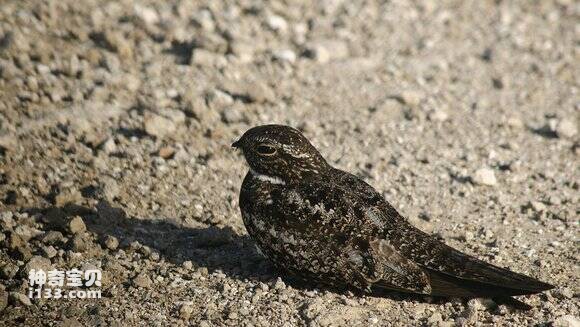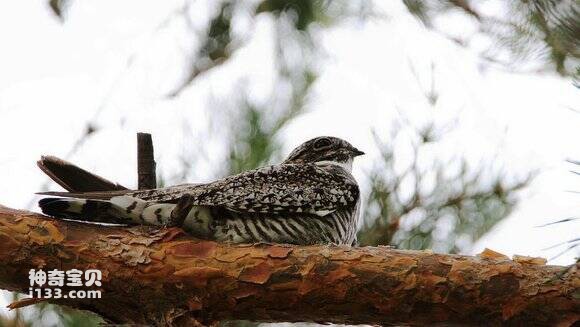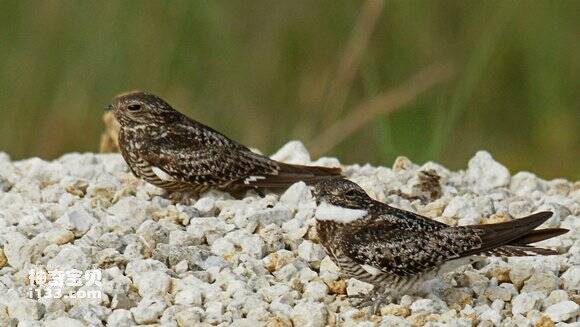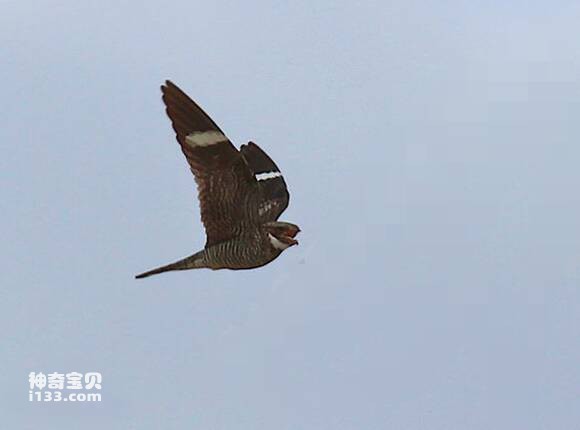Chordeiles minor
IUCN
LCBasic Information
Scientific classification
- name:Chordeiles minor
- Scientific Name:Chordeiles minor,Common Nighthawk
- Outline:Climbing birds
- Family:
Vital signs
- length:15-40cm
- Weight:25-120g
- lifetime:About 20 years
Feature
The body feathers are mottled, and the color is mainly brown, light yellow, cinnamon, gray and black, with concealment
Distribution and Habitat
It is found in Anguilla, Antigua and Barbuda, Argentina, Aruba, Bahamas, Barbados, Bermuda, Bolivia Plurinational State, Bonaire, Sant 'Eustatius and Saba, Brazil, Cayman Islands, Colombia, Cuba, Dominica, Dominican Republic, Ecuador, Guadeloupe, Guatemala, Haiti, Honduras, Jamaica, Martinique Islands, Mexico, Montserrat, Nicaragua, Panama, Paraguay, Peru, Puerto Rico, Saint Kitts and Nevis, Saint Lucia, Saint Martin (French part), Saint Pierre and Michelen, Saint Vincent and the Grenadines, Saint Martin (Dutch part), Turks and Caicos Islands, Bolivarian Republic of Venezuela.
The habitat of the American nighthawk is not demanding, Habitats include forests (temperate, subtropical, tropical humid mountains), grasslands (temperate, subtropical, tropical seasonal humid grasslands), wetlands (inland marshes, peatlands), Marine intertidal zones (sandy coasts, beaches, sandbars, cobblestone coasts), Marine coasts (coastal dunes), and terrestrial (fields, pastures, urban areas).
Appearance
The American nighthawk looks like a large, soft moth with a body length of 15-40 cm and a weight of 25-120 g. The body feathers are mottled, and the color is mainly brown, light yellow, cinnamon, gray and black, with concealment. There are spots on the tail and head, and the relatively striking white or black and white spots are generally hidden in the folded wings and the inside of the tail or the upper throat, which are revealed when the male is showing off. The wings are long and pointed, and the tail is long and broad. Female birds are usually distinct from male birds, showing less whiteness on the wings and head. The American nighthawk's beak is so wide that it can swallow large moths in one bite, and there are no whiskers around the base of the beak.
Details
Chordeiles minor, Common Nighthawk, has nine subspecies. In Louisiana, the species is known as the "flying toad" by descendants of French immigrants; In Virginia, they are called "bats." But the most common name is "nighthawk".

The American nighthawk can hardly walk on the ground because of its small size and the position of its legs very far back. They are unable to stand up straight at all, and often rest on their chests, or leaning against a branch of a tree, so they sit sideways when they perch in a tree. However, they can easily fly and sit on branches or bars, and sometimes land on roofs or root bins.
The American nighthawk's flight is smooth, light, and very durable, and it can fly all day long in dark and cloudy weather. The American nighthawk flies in sight for most of the day, even when the weather is clear and cloudless and the sun is high, returning to its nest shortly after dusk to rest.

Around April 1, the American nighthawks will appear in the low-lying areas of Louisiana, and they will continue to fly east. The timing of their return from the central states varies according to the temperature during the season, starting around August 15 until the end of October. Their migration covers a wide area, and these birds fly over much of the United States, from the mouth of the Mississippi River to the Rocky Mountains, and from the south to beyond the eastern border of the United States. The nighthawk eventually bred and dispersed throughout the western and eastern states of the United States, from South Carolina to Maine.
The American nighthawk's diet consists only of insects, especially beetles, but it also catches moths and caterpillars, and is adept at catching crickets and locusts. When the American nighthawk flies quickly in the low air, when flying close to the water, it will drink a little water from time to time, drinking water in a similar way to the Swallow. With a loud, repetitive song, the male emits a whistle.

The male of the whippet swoops down from high above the breeding ground and then returns up close to the female, in the process of which the soft inner feathers of some wing feathers will rumble under the action of the air, which is a kind of courtship behavior. The American nighthawk lays two eggs. They're not very particular about where they lay their eggs. The eggs are almost oval in shape and have many spots on them. Some of the eggs were laid on bare ground, some on banks of arable land, and some even on bare rocks. Sometimes they also lay their eggs on bare or open ground outside the forest, but never deep in the woods.

Nighthawks never build nests. The young birds are covered for a period of time with soft thread hair, the color of which is dark brown and is a good protective color. If the female is disturbed during brooding, she will try to escape, limping, flapping, and struggling until she is sure that you are ignoring her eggs or chicks. Then it'll fly away, and it won't come back until you're gone. But if it's well hidden, it's hard to spot it, even if you're less than a meter away from its eggs. During incubation, the female and male birds take turns sitting on the nest. When young birds reach a certain size, they no longer need to get food from their parents, who usually come to a neighboring area and settle quietly on a fence, fence, or tree.
In 2016, it was listed on the IUCN Red List of Threatened Species (IUCN) - Not Threatened (LC).
Protect wild animals and eliminate wild meat.
Maintaining ecological balance is everyone's responsibility!








